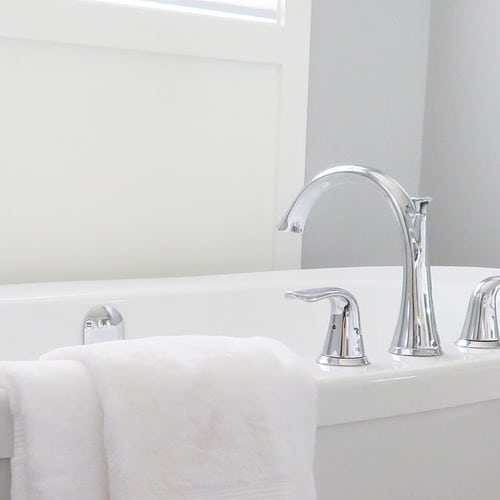It is very common that most homeowners panic when they find out that there is a water leakage going on at home. As cliché as it may sound, the first step to this water leakage guide is to keep calm and do not panic.
When you have noticed that your cabinets are moldy, or when your ceilings and walls are stained with patches of dampness, it may be a sign that somewhere has developed a water leakage. Obvious signs are like peeling off of paint, swelling skirting or even water droplets. The biggest and most common mistake in an attempt to get this problem fixed is that homeowners tend to give these patches of dampness a new coat of fresh paint. This would only “aesthically” cover up the water leakage, it will not improve the condition in any way. It is just a matter of time that patches of dampness surface again.
Other signs such as if drips become more often during rainy weather or when someone takes a bath may also be an obvious indication of a water leakage that is going on somewhere at home. Water leakage can start slow and remain unnoticeable for a long time, or it can also occur suddenly and rapidly. Whichever it is, as a homeowner, you should firstly monitor the water leakage, followed by engaging a waterproofing contractor for an inspection. So, if you have a water leakage, here’s what to do.
Locate the source of the water leakage
First and foremost, you have to locate the source of the water leakage. Unfortunately, to locate the source of the leak is not always simple. In most cases, you are going to have to trace the water leakage to find out where exactly the source of the problem is located at. Sometimes the source of the leak is obvious, but in most cases, it is not and you might have to trace and observe for some time.
Drain and Dry
Once you have confirmed that there is a water leakage, it is advisable that you stop the flow of water. By doing so, you may be able to prevent more damage from occurring at home. If you managed to locate the source of the water leakage, you may turn off the water supply for that source. For example, if you discovered that the leak is coming from your bathroom shower, then simply turn off the water valve for the shower. If you are unable to locate the source of the leak, then you should consult a waterproofing contractor immediately. It is best to get the problem inspected sooner than later.
Be in contact with a Waterproofing Contractor
At this stage, it is good that you have monitored the leak, as this could be helpful to the contractors by being able to provide them with some background information. While there are many types of waterproofing methods, we have noticed that a large number of homeowners do not like any hacking methods. Here at SWC Construction, we provide a non hacking and long lasting solution, that is High Pressure PU Injection Grouting. This method is an injection of liquid grouting material into the structure under pressure. During the grouting process, fissures (an opening or line of breakage made by cracking or splitting in structures) and pores are filled with the grouting material, which subsequently hardens and connects the disintegrated surfaces. PU injection grouting can help to fill the cracks fully as once the injection is administered, the foam expands to fill in the entire space of each crack. This fullness gives full coverage and protection from any water seepage. Another advantage of PU injection grouting is that the atmosphere’s moisture content does not matter. The foam can be injected into wet areas, which means you do not have to wait till the leakage area is completely dry before taking action against further water damage. Not to mention PU injection grouting remains flexible too.
Do not hesitate to contact us at +65 8754 4058 if you suspect that your home might be facing a leak!



